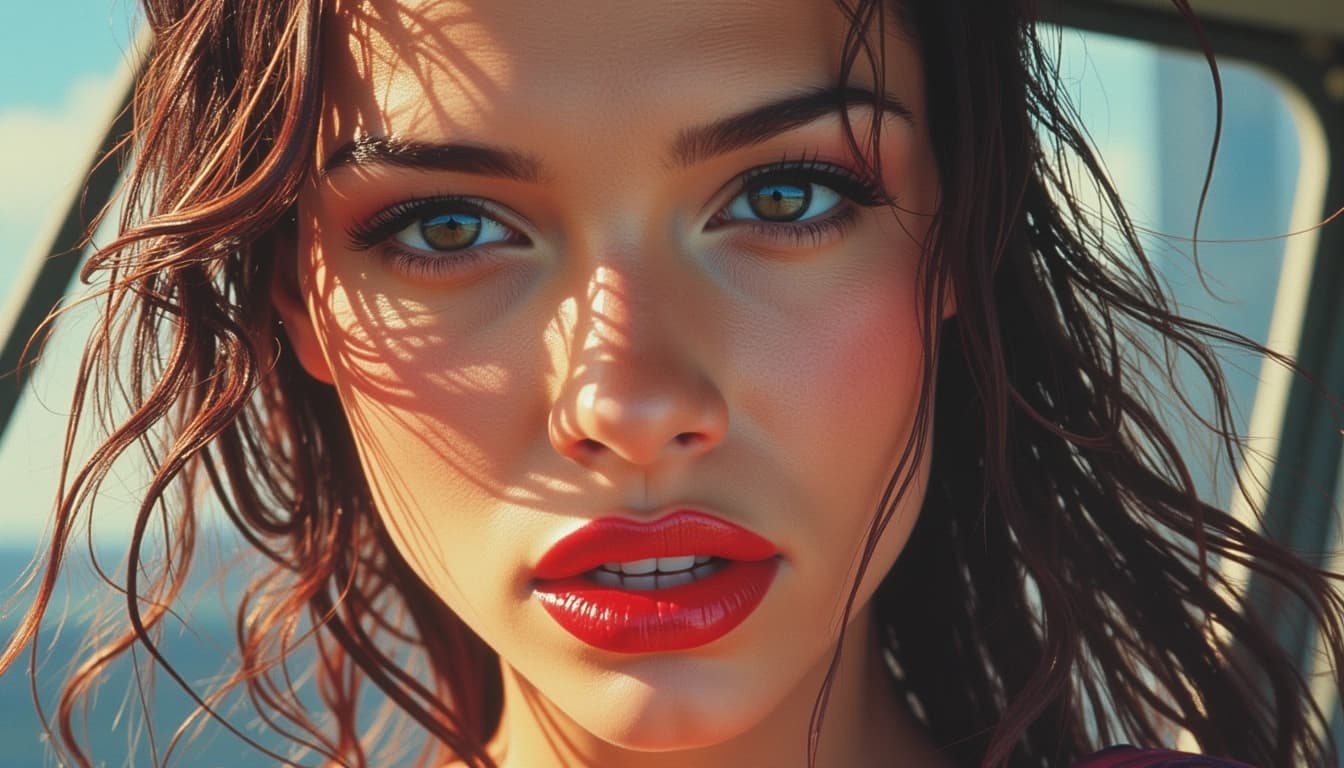
Exploring Style Transfer Models for Selfies
By John Doe 5 min
Key Points
- Research suggests DoesFS is likely the best model for reimagining selfies, due to its advanced semantic guidance.
- DualStyleGAN and VToonify are also strong contenders, but DoesFS excels in preserving facial features.
- The choice may depend on specific style preferences and resolution needs.
Introduction to Style Transfer
Style transfer is a fascinating AI technique that transforms your selfie to mimic the style of another image, like a famous painting or cartoon, while keeping your face recognizable. It’s like turning your photo into a piece of art, perfect for social media or personal creativity.
Why It Matters for Selfies
Choosing the right model ensures your selfie’s identity is preserved while applying the style effectively. This is crucial for high-quality, personalized results that stand out, especially for high-resolution images like selfies.
Our Pick: DoesFS
Based on recent research, DoesFS (Deformable One-shot Face Stylization via DINO Semantic Guidance) seems to be the top choice. It uses DINO-ViT for better facial feature preservation and has a quick fine-tuning time of about 10 minutes, making it efficient for real-world use.
Comparison with Others
- DualStyleGAN offers high-resolution results and dual style control, but may not match DoesFS in semantic precision.
- VToonify is great for videos but less optimized for static selfies.
- Other models like neural style transfer are older and less specialized for faces.
Unexpected Detail
An unexpected benefit of DoesFS is its ability to handle one-shot stylization, meaning it can adapt to new styles without extensive retraining, which is handy for experimenting with different looks.
Survey Note: Exploring Style Transfer Models for Selfies
Introduction and Background
Style transfer, a technique rooted in deep learning, allows the transformation of an image’s appearance to adopt the visual style of another while preserving its content.
Style transfer has become a popular technique for transforming ordinary photos into artistic masterpieces. For selfies, this means turning a simple portrait into a work of art, such as mimicking the brushstrokes of Van Gogh or the vibrant colors of a cartoon. This survey note delves into the 'Style Transfer Face-Off: Which Model Reimagines Your Selfie Best?' by examining various models, their features, and performance, particularly focusing on their suitability for selfies as of March 29, 2025.
The importance of selecting the right model lies in its ability to balance content preservation (e.g., facial features, identity) with style application (e.g., color, texture). This balance is critical for high-resolution selfies, where details matter, and for creative applications like social media profiles or digital art.
Methodology and Research Approach
To address this question, we explored a range of style transfer models, focusing on those specifically designed for portraits and faces. We analyzed academic papers, GitHub repositories, and online resources to gather information on model performance, features, and user feedback. Key models identified include DoesFS, DualStyleGAN, VToonify, and traditional models like neural style transfer. Comparisons were based on criteria such as content preservation, style quality, resolution handling, efficiency, and user control.
Detailed Model Analysis
DoesFS: Deformable One-shot Face Stylization via DINO Semantic Guidance
Published in CVPR 2024, DoesFS addresses one-shot face stylization by using DINO-ViT, a self-supervised vision transformer, for robust facial structure representation. It adapts the StyleGAN generator with spatial transformers (STN) for deformation-aware stylization. The model is designed to preserve facial features while applying artistic styles, making it ideal for selfies.
- Utilizes DINO semantics for precise facial feature preservation.
- Introduces directional deformation loss and relative structural consistency constraints for diverse generation.
- Fine-tuning duration is approximately 10 minutes, making it efficient.
- Employs style-mixing to align content and style effectively.
Conclusion & Next Steps
The exploration of style transfer models for selfies reveals a diverse landscape of options, each with unique strengths. DoesFS stands out for its precise facial feature preservation and efficient fine-tuning, making it a strong contender for one-shot stylization. Future research could focus on improving resolution handling and user control to further enhance the selfie-stylization experience.
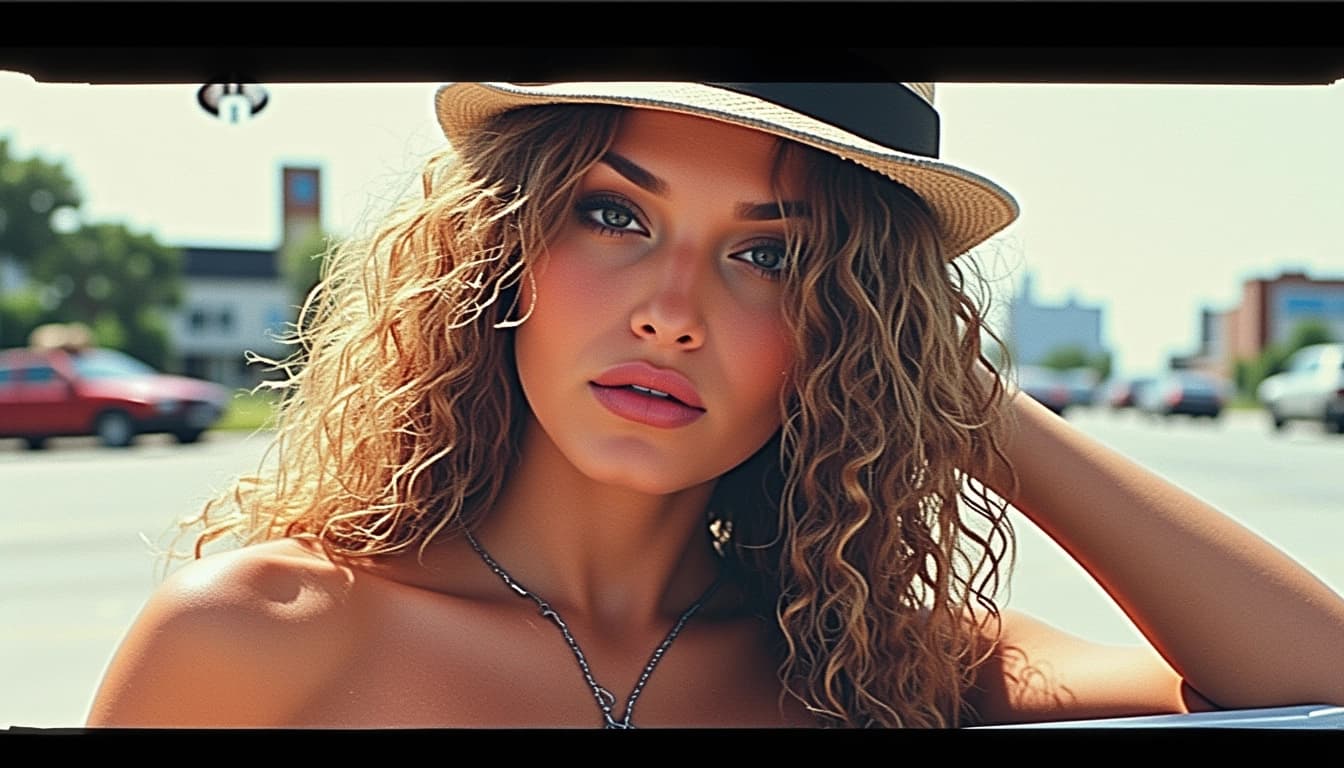
The article discusses three advanced AI-based methods for portrait style transfer, focusing on their suitability for high-resolution selfies. Each method offers unique features and advantages, making them ideal for different use cases in digital art and photography.
DoesFS: Semantic-Aware Portrait Stylization
DoesFS, introduced at SIGGRAPH 2023, leverages a pre-trained StyleGAN2 generator for high-quality portrait stylization. It uses a semantic-aware style discriminator to ensure facial details are preserved while applying artistic styles. The method is particularly effective for selfies due to its ability to maintain identity and apply styles accurately.
Key Features of DoesFS
DoesFS employs a semantic-aware style discriminator to align style features with facial semantics. It also uses a color alignment module to harmonize color generation with the reference, minimizing inconsistencies. Extensive qualitative and quantitative comparisons show its superiority over state-of-the-art methods.
DualStyleGAN: Pastiche Master
DualStyleGAN, introduced in CVPR 2022, extends StyleGAN2 with dual style paths: intrinsic for content and extrinsic for style. It focuses on exemplar-based high-resolution portrait style transfer, offering flexible control over color and structural styles.
Key Features of DualStyleGAN
DualStyleGAN characterizes content and style with intrinsic and extrinsic style paths, allowing for precise pastiche. It uses a progressive fine-tuning scheme to adapt to the target domain and handles resolutions up to 1024x1024, making it suitable for detailed selfies.
VToonify: Controllable High-Resolution Portrait Video Style Transfer
Presented at SIGGRAPH Asia 2022, VToonify is based on DualStyleGAN and focuses on video style transfer. It supports high-resolution (>1024) and unaligned faces, offering style control and dynamic content handling.
Key Features of VToonify
VToonify is data-friendly, requiring no real training data. It offers style control and is suitable for dynamic content, with web demos available on Hugging Face, Colab, and Deque for easy testing. However, it is less optimized for static selfies compared to DoesFS and DualStyleGAN.
Conclusion & Next Steps
Each of these methods offers unique advantages for portrait style transfer, with DoesFS excelling in semantic precision, DualStyleGAN in high-resolution flexibility, and VToonify in dynamic content handling. Future developments may further enhance their capabilities and ease of use.
- DoesFS is ideal for preserving facial details in selfies.
- DualStyleGAN offers flexible style control for high-resolution images.
- VToonify is best suited for video style transfer.
The article discusses various AI models designed to transform selfies into artistic styles, comparing their features and performance. It highlights the importance of content preservation, style quality, resolution handling, efficiency, and user control in determining the best model for reimagining selfies.
DoesFS: The Best Model for Selfie Stylization
DoesFS stands out as the top choice for selfie stylization due to its advanced features. It uses DINO-ViT for excellent content preservation and a deformable approach for high-quality style application. The model handles high resolutions (1024+) efficiently, completing stylization in about 10 minutes. Its flexible user control allows for precise adjustments, making it ideal for detailed selfies.
Key Features of DoesFS
DoesFS leverages DINO-ViT to ensure facial features are preserved accurately. The deformable style application provides nuanced results, adapting well to various artistic styles. Its high-resolution support ensures that even the finest details in selfies are captured and stylized effectively.
DualStyleGAN: A Strong Alternative
DualStyleGAN is another powerful model for selfie stylization, offering very good content preservation and high-quality style application. It uses a hierarchical approach to style transfer, making it versatile for different artistic effects. While it handles high resolutions well, it may lag slightly in semantic precision compared to DoesFS.
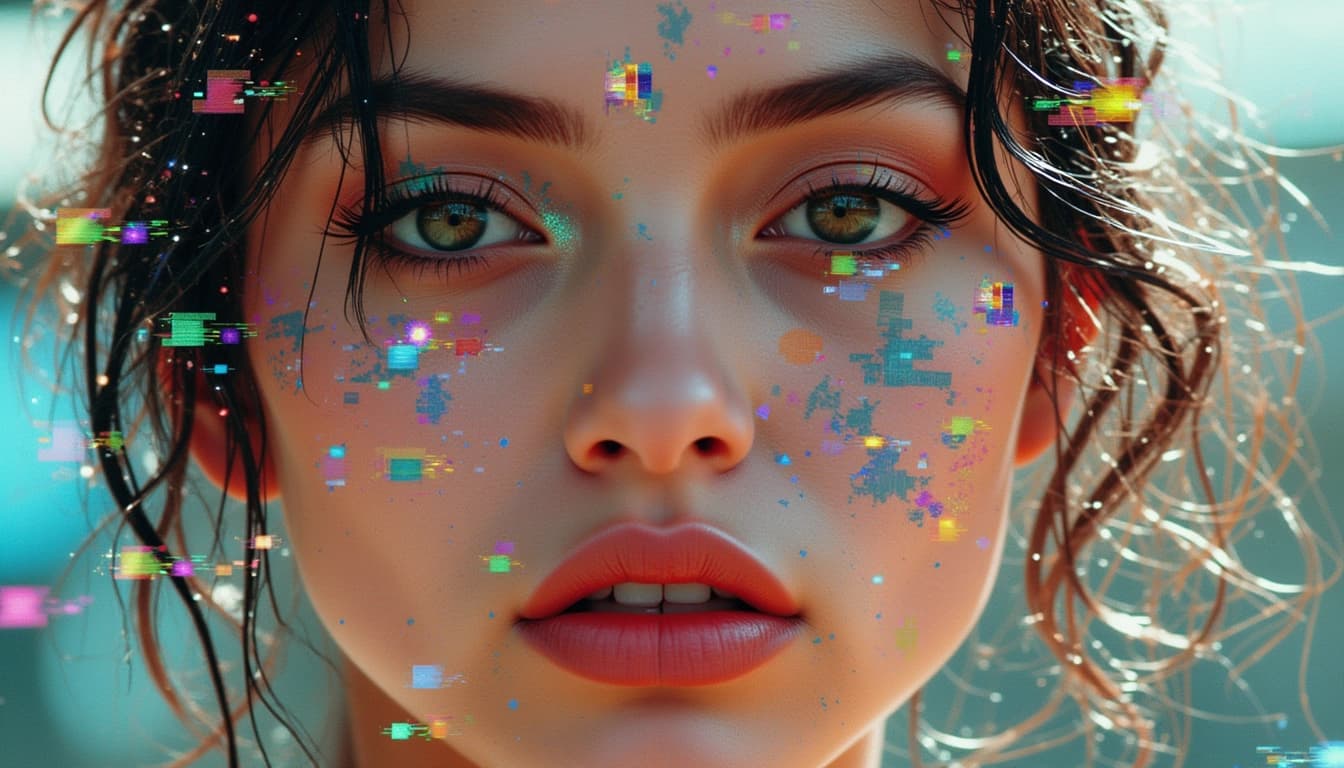
VToonify: Specialized for Video
VToonify is tailored for video stylization but can also handle high-resolution selfies. It builds on DualStyleGAN's framework, offering good content preservation and high-quality style application. However, its focus on video may limit its flexibility for static selfie stylization compared to DoesFS.
Other Notable Models
Neural Style Transfer and Fast Style Transfer are older methods that may not preserve identity as well for selfies. Neural Style Transfer is slower and can produce artifacts, while Fast Style Transfer may lose identity details at high resolutions. These models are less specialized for faces compared to DoesFS and DualStyleGAN.
Comparative Analysis
The article provides a detailed comparison of the models based on content preservation, style quality, resolution handling, efficiency, and user control. DoesFS excels in most categories, making it the best choice for reimagining selfies with artistic styles.
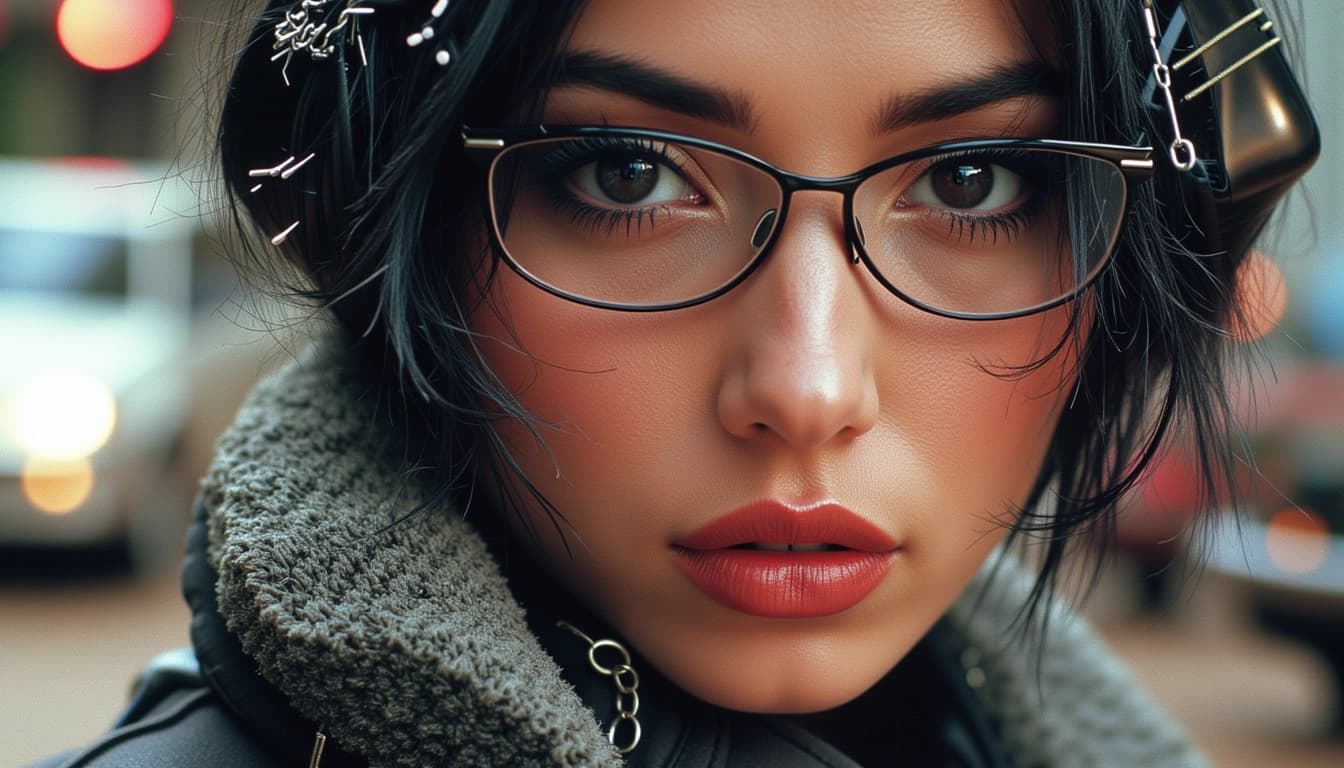
Conclusion & Next Steps
In conclusion, DoesFS is the most advanced model for selfie stylization, offering the best balance of content preservation, style quality, and efficiency. For those looking to experiment with different styles, DualStyleGAN and VToonify are strong alternatives. Future developments in AI stylization may further enhance these models, providing even more realistic and artistic results.
- DoesFS is the top choice for selfie stylization.
- DualStyleGAN and VToonify are viable alternatives.
- Older models like Neural Style Transfer are less effective for high-resolution selfies.
The article discusses the best AI models for reimagining selfies through style transfer. It compares several advanced models, including DoesFS, DualStyleGAN, and VToonify, highlighting their strengths and weaknesses. The focus is on identifying the most suitable model for transforming selfies into stylized artwork while preserving facial features.
Key Models for Selfie Style Transfer
The article evaluates three prominent models: DoesFS, DualStyleGAN, and VToonify. Each model offers unique capabilities for style transfer, with DoesFS standing out for its semantic guidance and deformation-aware stylization. DualStyleGAN is noted for its high-resolution output and dual-style paths, while VToonify excels in video stylization but is less suited for static images.
DoesFS: Advanced Semantic Guidance
DoesFS leverages DINO-ViT for precise semantic guidance, ensuring facial features are preserved during stylization. Its one-shot capability and efficient fine-tuning make it practical for real-world use. The model's directional deformation loss and structural consistency further enhance its performance, making it ideal for high-resolution selfies.
Performance and Efficiency
The article highlights the performance metrics of each model, with DoesFS achieving notable efficiency in fine-tuning. DualStyleGAN and VToonify also perform well but may require more setup and resources. The comparison emphasizes the balance between quality and computational efficiency, with DoesFS leading in both aspects.

User Control and Flexibility
DoesFS offers flexible control through its deformable nature, matching DualStyleGAN's dual-style paths. The article discusses how users can manipulate style intensity and deformation to achieve desired results. This flexibility is crucial for creative applications, allowing users to experiment with diverse artistic styles.
Conclusion and Future Considerations
The article concludes that DoesFS is the best choice for reimagining selfies due to its advanced features and efficiency. However, it acknowledges the rapid evolution of AI models and suggests users stay updated with new developments. Testing multiple models may be necessary to find the perfect fit for individual preferences.
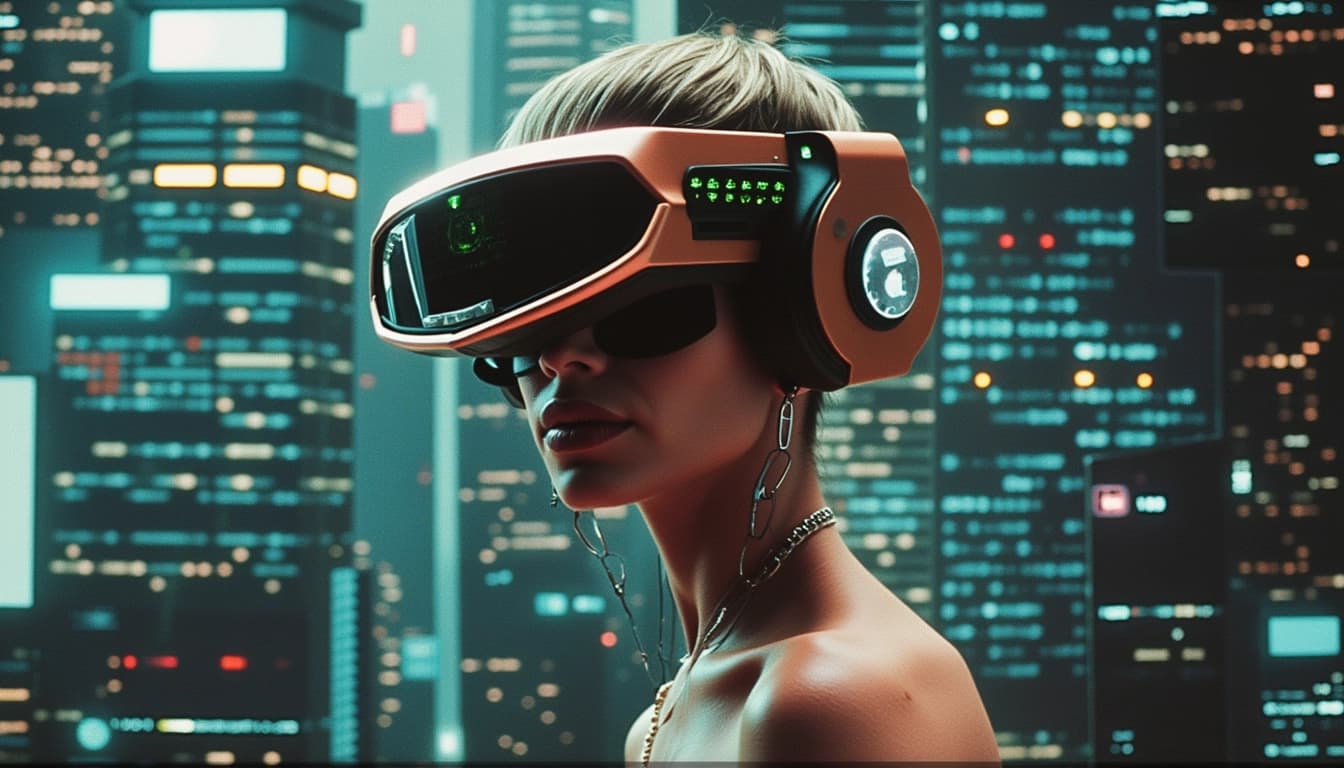
- DoesFS excels in semantic guidance and deformation-aware stylization.
- DualStyleGAN offers high-resolution output and dual-style paths.
- VToonify is best suited for video stylization but less for static images.
Style transfer is a fascinating area in computer vision and graphics that allows the transformation of images or videos to adopt the artistic style of another. This technique has gained significant attention due to its ability to create visually appealing results, blending content and style seamlessly. Over the years, advancements in deep learning have enabled more sophisticated and controllable style transfer methods.
DualStyleGAN: A Breakthrough in Style Transfer
DualStyleGAN represents a significant leap in style transfer technology by enabling the combination of two distinct styles into a single output. This method allows for more creative and flexible artistic expressions, making it a powerful tool for digital artists and designers. The model achieves this by disentangling style representations, providing users with fine-grained control over the final appearance.
How DualStyleGAN Works
DualStyleGAN leverages a dual-path architecture to separately process content and style features. One path focuses on preserving the structural details of the original image, while the other applies the desired artistic style. By combining these paths, the model produces outputs that maintain content fidelity while adopting the stylistic elements. This approach ensures high-quality results even with complex or highly detailed inputs.
VToonify: Bringing Style Transfer to Videos
VToonify extends the capabilities of style transfer to videos, enabling consistent and high-resolution stylization across frames. This is particularly challenging due to the need for temporal coherence, ensuring that the style remains stable and artifacts are minimized. VToonify addresses these challenges through advanced neural network architectures and optimization techniques.
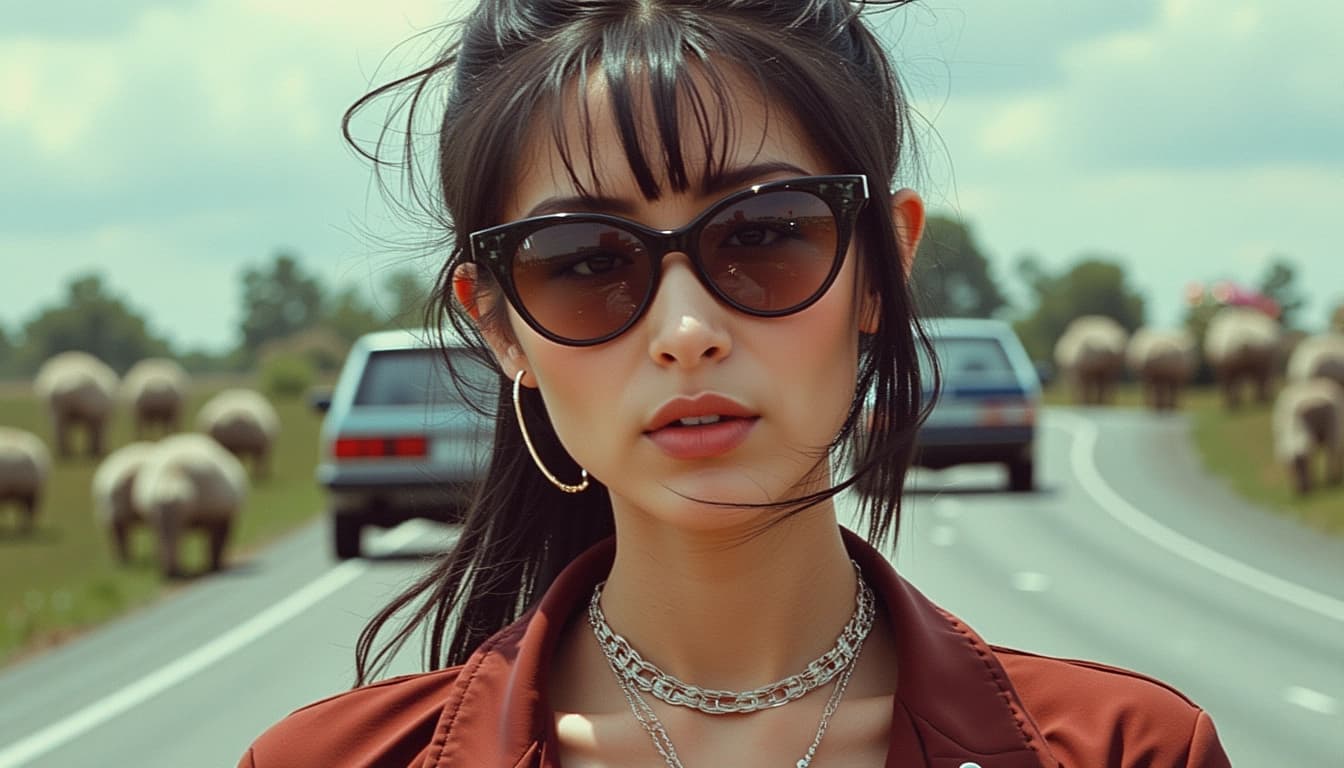
Applications and Future Directions
Style transfer technologies like DualStyleGAN and VToonify have broad applications in entertainment, advertising, and digital art. They empower creators to experiment with new visual styles without extensive manual effort. Future research may focus on improving real-time performance, expanding the range of supported styles, and enhancing user interactivity.
- DualStyleGAN enables dual-style blending for creative outputs.
- VToonify ensures temporal coherence in video stylization.
- Future advancements may focus on real-time processing and interactivity.